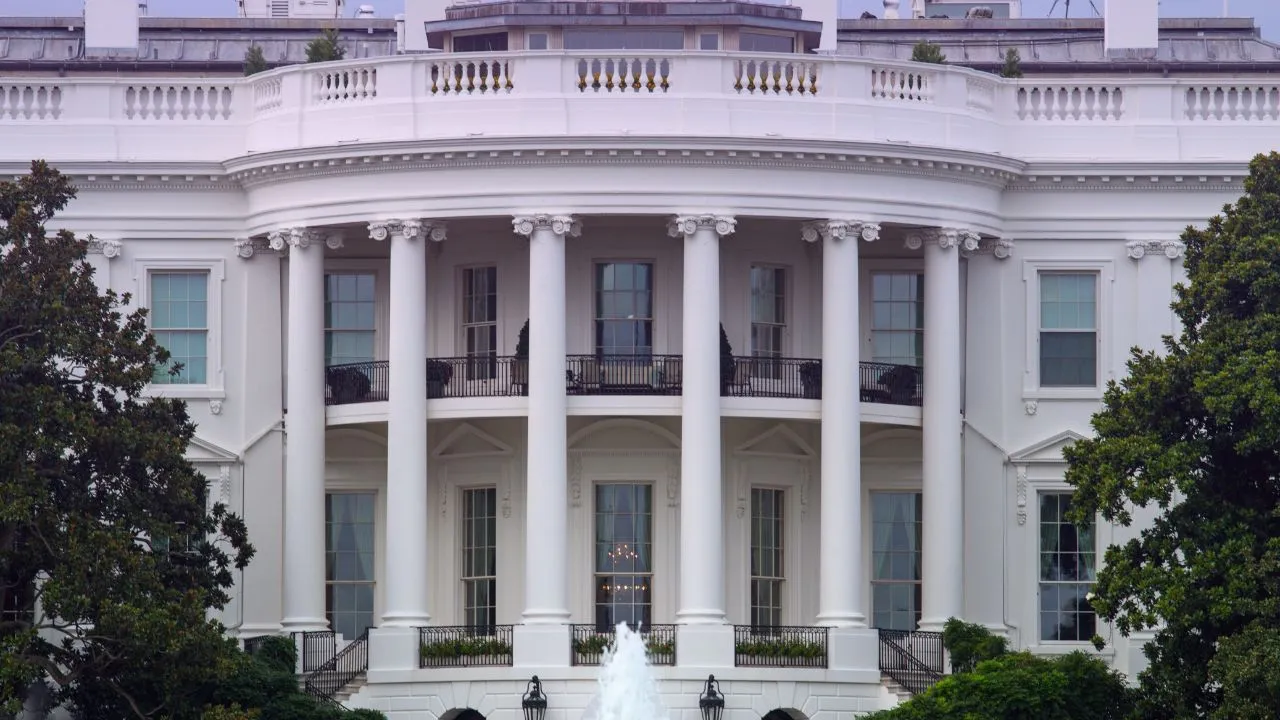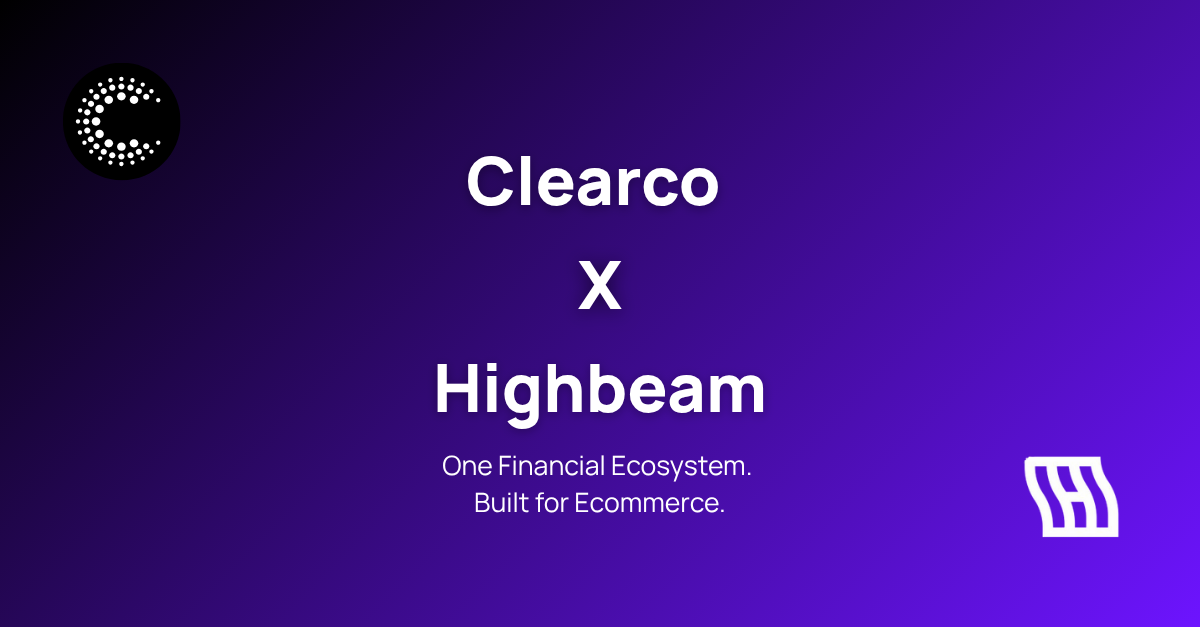August 1 Tariff Deadline: What U.S. DTC Brands Need to Know

With the 90-day tariff pause now extended until August 1, 2025, U.S. ecommerce brands are entering a critical window. The U.S. government’s proposed 10 percent blanket tariff on all imports, part of the April 2 "Liberation Day" initiative, is still on the table. Even steeper rates remain a possibility, targeting high-impact sectors like steel, autos, and electronics.
Although this last-minute extension gives brands a short-term reprieve, continued trade tensions and fragile negotiations are keeping ecommerce founders on edge. Clearco is here to break down what’s changing, how these policies impact DTC brands, and what steps you can take now to protect your margins and operations.
What’s Changing in the U.S. Tariff Landscape
As you know, on April 2, 2025, the United States implemented sweeping 10% tariffs on all imports as part of the president’s “Liberation Day” initiative. The move included even steeper levies targeting the steel, aluminum, and auto industries, with the broader goal of encouraging the return of manufacturing on U.S. soil. The administration initially extended these tariffs to a range of products, including smartphones, but has since paused that decision. Following a temporary agreement between the U.S. and China, the primary producer of smart devices, the administration paused the rollout for 90 days to allow for negotiations.
That pause was set to expire on July 9, but it has since been extended to August 1. As of July 7, no major trade agreements have been finalized with key U.S. partners, and the threat of widespread tariffs remains active. While talks continue with the European Union, Canada, and others, no deal has been confirmed, and ecommerce businesses should prepare for tariffs to take effect.
If enacted, the tariffs will impact a wide array of imports including machinery, consumer electronics, packaging materials, and finished goods. For DTC brands with international supply chains, this means tighter margins, rising logistics costs, and the possibility of long-term operational adjustments.
How Tariffs Are Affecting U.S. Ecommerce Brands
Hidden Fees and Sudden Cost Increases
Importers may face a wave of surprise charges from carriers and customs brokers as new tariffs take effect. These fees can quickly pile up, leaving little room for sellers to absorb costs. Many will be forced to adjust pricing, which risks alienating cost-sensitive customers and shrinking competitive advantage.
Supply Chain and Pricing Adjustments
With tariffs picking back up, sellers will experience ballooning costs and must face the challenge of reevaluating their pricing structures, global supplier relationships, and sourcing locations. As economic uncertainty grows, businesses that proactively adapt their operational strategies to account for shifting trade dynamics will be better positioned to stay ahead as the tariff deadline approaches.
Delays and Disruptions
Beyond cost increases, ecommerce sellers are also likely to face disruptions in logistics. Delays at ports, carrier backlogs, and supply constraints are expected if tariffs return. Brands operating with lean inventories or just-in-time production models are especially vulnerable.
Overly cautious consumers
Shoppers are already reacting to inflation and market uncertainty. Surveys show that over 70 percent of U.S. consumers plan to reduce overall spending if prices continue to climb, and more than 20 percent are switching to lower-cost alternatives. Brands must be prepared to adjust not only pricing but also product positioning and promotional strategies.
The Bottom Line for DTC Brands
With the August 1 deadline rapidly approaching, the most resilient brands are moving quickly. Founders are exploring nearshoring, building in cost flexibility, and updating inventory strategies now, not later. The businesses that act early will be better equipped to adapt to whatever happens next in global trade.
In a recent Clearco study, 80 percent of U.S. ecommerce leaders identified tariffs as a moderate to major concern in their 2025 operations. The impact on profit margins, supply chains, and customer retention is already top of mind.
To help brands stay ahead, Clearco is offering free tariff assessments to help founders understand their exposure and develop proactive strategies.
If your brand is navigating uncertainty, our team is here to help you map out your options, stabilize your margins, and maintain momentum.




